Carbon Offsets Bank
Use the University of Melbourne Offsets App to purchase carbon offsets.
Why have we created the Carbon Offsets Bank?
The University has committed to achieving carbon neutrality before 2030 in the Sustainability Plan 2017-2020. To achieve this ambitious target, we must calculate our carbon emissions, reduce them as much as possible, and offset the remaining emissions. There are many initiatives underway to reduce our emissions. These include our renewable energy Power Purchase Agreements – Murra Warra Windfarm and Melbourne Renewal Energy Project – which will enable us to achieve net zero emissions electricity by 2021, and the Smart Campus Energy Upgrades (SCEU) project which will improve the energy efficiency of our building stock. The SCEU is a $45.6m capital investment project that includes the application of nine energy efficiency and generation technologies across 60 buildings. We currently offset our fleet emissions and 50 percent of flight emissions with 100 percent to be offset by 2020. These activities are managed centrally, however staff can play a meaningful role in measuring, reducing, and offsetting carbon emissions, hence the creation of the Carbon Offsets Bank!
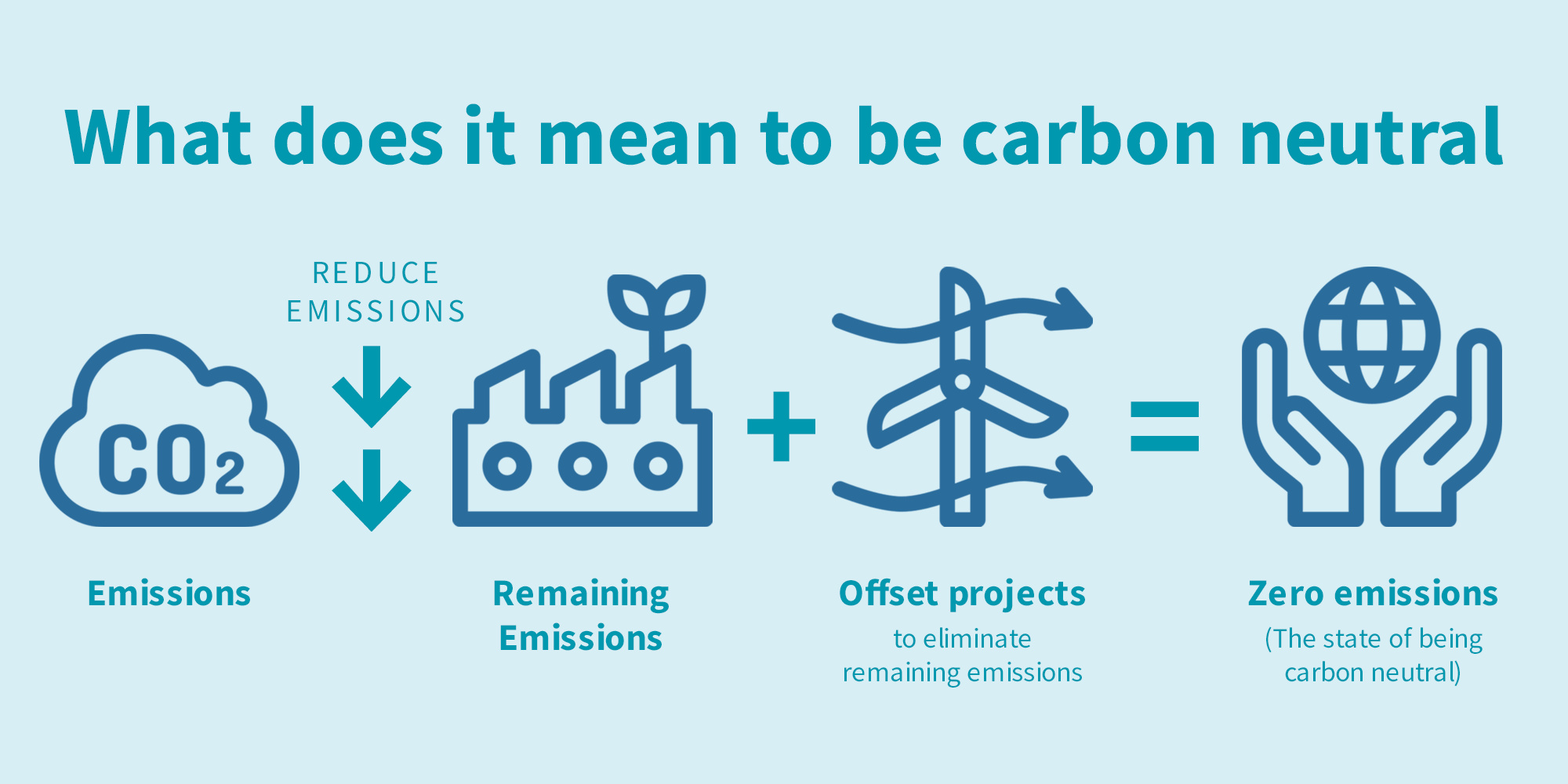
What is the Carbon Offsets Bank?
The Carbon Offsets Bank (COB) is a tool that enables staff to calculate and understand carbon emissions associated with University activities, as well as access targeted information on ways to reduce emissions. Staff also have the option to offset those emissions. The University pre-purchases accredited offsets in bulk and holds them in the COB. Staff use the COB tool to calculate carbon emissions from their business activities and access information on options to reduce emissions and purchase carbon offsets. Purchases are made via an internal transaction using Themis codes.
Initially, the following activities are included in the COB:
- Flights (for University staff or visitors)
- Catering (food and beverages for business functions)
- Commuting (to and from work, or other business activities)
- Hotel (accommodation for business travel or visitors)
- Other (any other activity – staff can purchase the offset quantity they require)
A certificate will be issued to the purchaser, stating the quantity of carbon offsets purchased.
Did you know that in 2019, flights taken for University business (booked through Campus Travel and Unitravel) generated an estimated 27,000 tonnes of carbon emissions, over a distance of 130 million passenger kilometres?
Per full full-time equivalent (FTE) staff member, that is over 13,220 km and almost 3 tonnes of carbon emissions for 2019. The actual numbers, however, are likely significantly higher, since data for the many flights booked outside Campus Travel and Unitravel could not be collected, and personal flights are not included.
Air travel is the largest contributor, after electricity, to the University’s carbon emissions. In the Sustainability Plan 2017 – 2020, the University has committed to:
- Offset staff air travel emissions – 50% by 2018, 100% by 2020
- Reduce air travel emissions per staff member by 5 to 10% for international, 10% for domestic by 2020
So what can you do?
Here are some ideas to reduce emissions from air travel:
- Reduce or eliminate flights by using videoconferencing technology. The University has equipment which can be used i.e. addition to other video conferencing platforms including Skype and Zoom.
- Plan travel carefully to minimise total trips and/or distance.
- Choose an airline that has better reported emissions reduction performance, e.g. use the Atmosfair website to compare airlines over similar routes.
- For those business class travellers amongst us, downgrade to an economy seat which has a footprint around one third as much as a business class seat. Imagine the environmental impact of a first class seat!
- Choose a direct flight where possible to minimise fuel usage.
- Pack lightly.
- Finally, purchase verified carbon offsets to offset your remaining carbon footprint from air travel.
Emissions from flights are calculated based on the distance travelled and the class of travel. If you are interested in the details, download the calculation methodology.
Is it really necessary for you to fly?
Do you really need to fly to achieve professional success? Is there someone else (e.g. an earlier-career researcher) who would benefit more from a travel opportunity?
Here is a selection of recent research outlining the challenges of reducing air travel in the academic environment, and some surprising results:
- Research at the University of British Columbia (PDF 906.5 KB) found that academic air travel has a limited influence on professional success, and that there are opportunities for academics to reduce their air travel emissions “while maintaining productive careers”.
- An Australian study (PDF 1.5 MB) highlights the conflict between university sustainability policies and the sector’s focus on internationalisation.
- An article addressing the fear of not flying in the academic community (PDF 483.5 KB)
- Grappling with “academic flying in the age of climate change” (PDF 392.4 KB)
Catering
In Australia emissions from agriculture are the 4th highest contributor to greenhouse gas emissions, at around 13 percent (after electricity, stationary energy and transport)*. To reduce our food-related emissions, we can reduce consumption of animal products, especially red meat, and move to a more plant-based diet.
This graph shows food related carbon emissions from a recent study (PDF 2.5 MB).
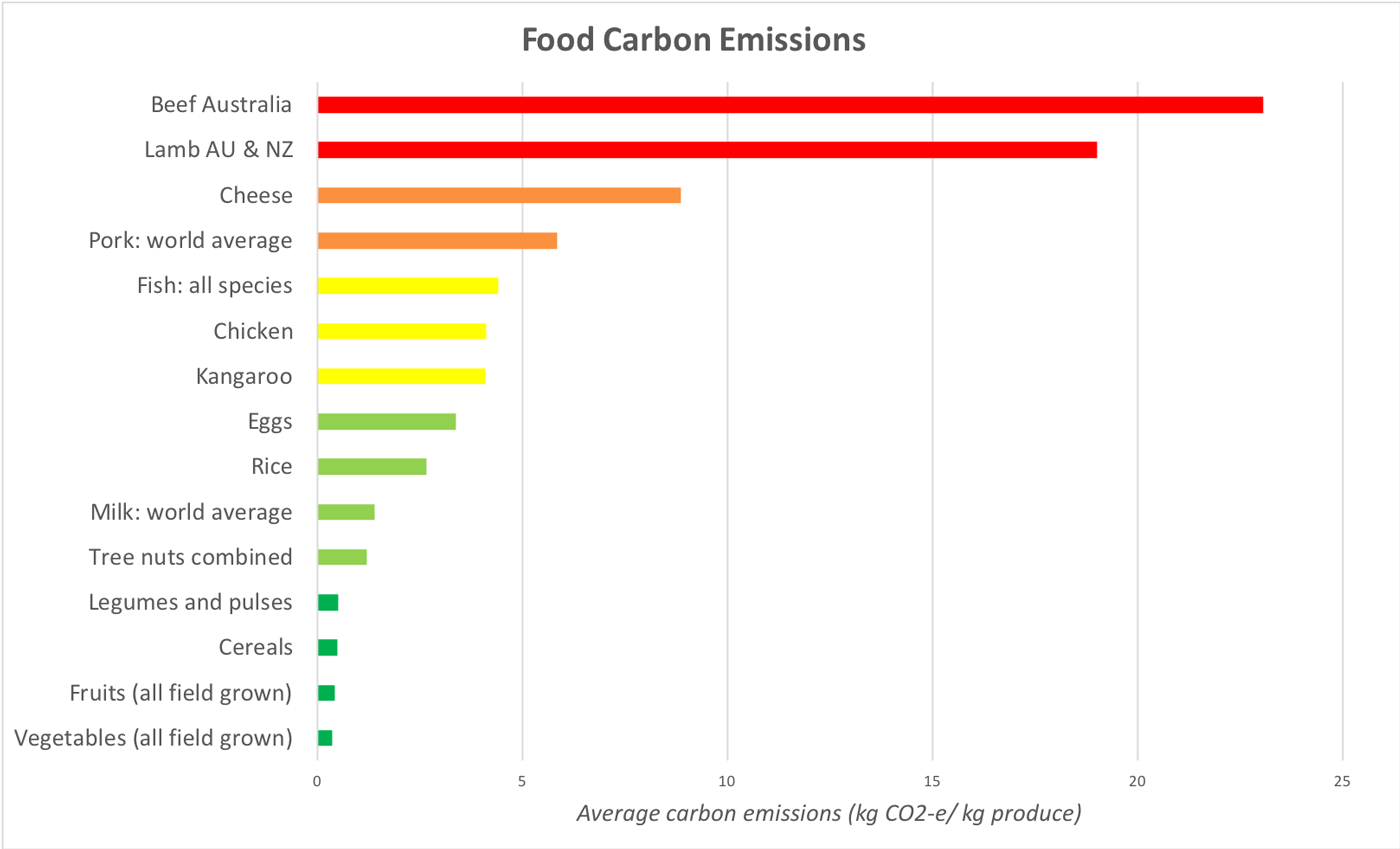
Here is a recipe spreadsheet (XLSX 159.5 KB) where you can see the impact of last night’s meal.
Another way to reduce your climate footprint from food is by reducing food waste. In Australia, one in three kilograms of food produce is wasted. You can reduce food waste by:
- Purchasing only what you need
- Opting for products with no or minimal packaging where possible
- Composting your organic waste
*From Farm to Plate to the Atmosphere: Food related emissions – The Climate Council
Commuting
Carbon emissions from commuting, both to and from work and for business, can make up a significant portion of our overall carbon emissions. For example, driving a large 4WD with one occupant generates over seventeen times as much carbon emissions as catching the train in Melbourne.
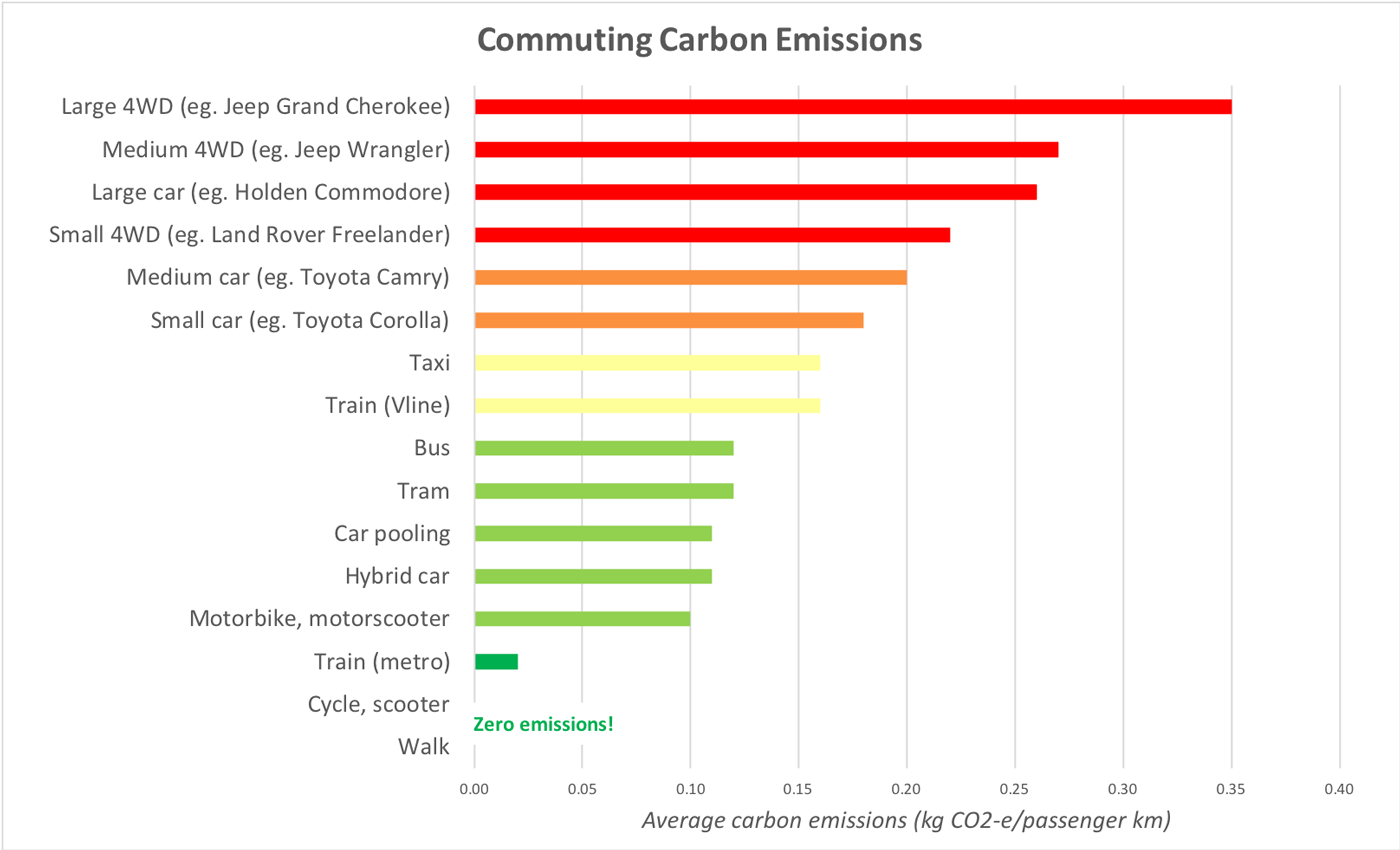
To reduce your emissions from commuting, you can:
- Walk for short distances. There are many physical and mental health benefits in addition to NO carbon emissions.
- Cycle. A great way to commute and get fit at the same time!
- Catch a train or tram. Metropolitan trains and trams run on electricity and are a very efficient way to travel.
- Consider a car-share option, such as GoGet, rather than owning a vehicle.
- Drive the smallest, most efficient vehicle that is practical for you.
- Access a hybrid car if available.
- Car pool with someone else who is going your way.
Hotel Accommodation
Generally, more expensive hotels have higher carbon emissions per room per night as a result of larger rooms. This varies widely for individual hotels so, before you book your hotel, review its sustainability credentials on its website.
What are carbon offsets?
Currently even for the most energy-efficient and sustainable organisations, it is impossible to completely avoid activities that cause carbon emissions. Carbon offsets (also known as carbon credits) are a globally recognised way for organisations to manage their residual carbon emissions. Many carbon offset projects deliver a range of positive environmental and/or social co-benefits.
Our Offsets
The University works with carbon offset provider South Pole to select carbon offsets from projects that meet global standards and include significant co-benefits. These projects are audited regularly by independent third-party organisations to ensure their additionality and environmental integrity. South Pole is the world’s largest developer of climate action projects, with expertise working on carbon, water and deforestation projects aligned with the United Nations Sustainable Development Goals. The projects selected by the University are:
- Renewable wind energy from the Mytrah wind project in India, which provides a range of co-benefits to local communities including educating young girls in gender rights, health and further training in addition to primary emissions abatement outcomes.
- EcoAustralia credits, which combine a Department of Environment, Land, Water and Planning (DELWP) biodiversity registry credit (Myamyn Conservation Australia in Victoria) with an international carbon credit from the Huóshui Grouped Small Hydro project in China, which mitigates greenhouse gas emissions, prevents local air pollution and benefits local communities.
Mytrah Wind Power
This wind energy project in the Indian states of Rajasthan, Andhra Pradesh, Madhya Pradesh and Telangana tackles climate change by providing a renewable source of electricity to the Indian Grid. The project also benefits surrounding villages – providing employment, boosting access to education and to clean water.
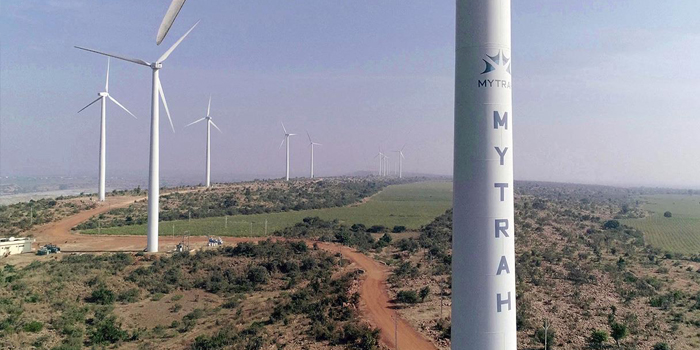
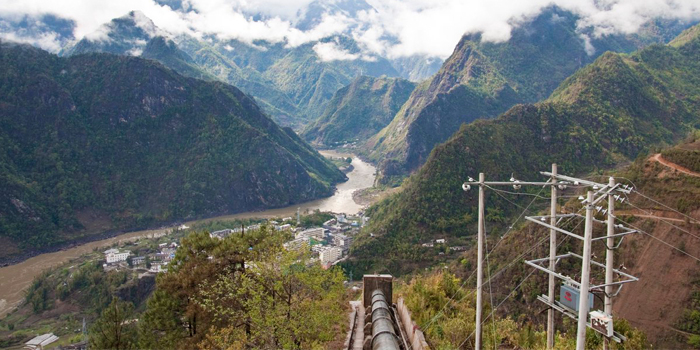
Huóshui Grouped Small Hydropower
This project consists of multiple small-scale hydropower plants that generate renewable energy for rural Southwest and South Central China. By supplying clean hydroelectric power to the local grid, the project displaces greenhouse gas emissions, helping mitigate climate change and improving the lives of local people.
Myamyn Lowland Forest Conservation
Two decades ago, sections of Victoria's Annya State Forest were illegally cleared and re-planted with Tasmanian blue gum – an invasive eucalyptus species. By protecting the land against further clearing and re-vegetating it with native flora, this project enhances biodiversity and permanently protects habitat for vulnerable native species.
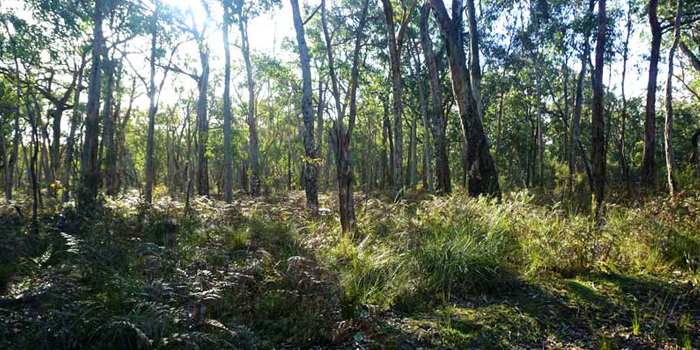
We've created a quick and easy user guide to help you through the Carbon Offsets app. We recommend taking a moment to read through for anyone curious about how the app works. The guide gives a good overview of what you can expect from the app with screenshots and examples of calculations.
Please note that there are info screens within the app itself with further information on the section a user has selected.